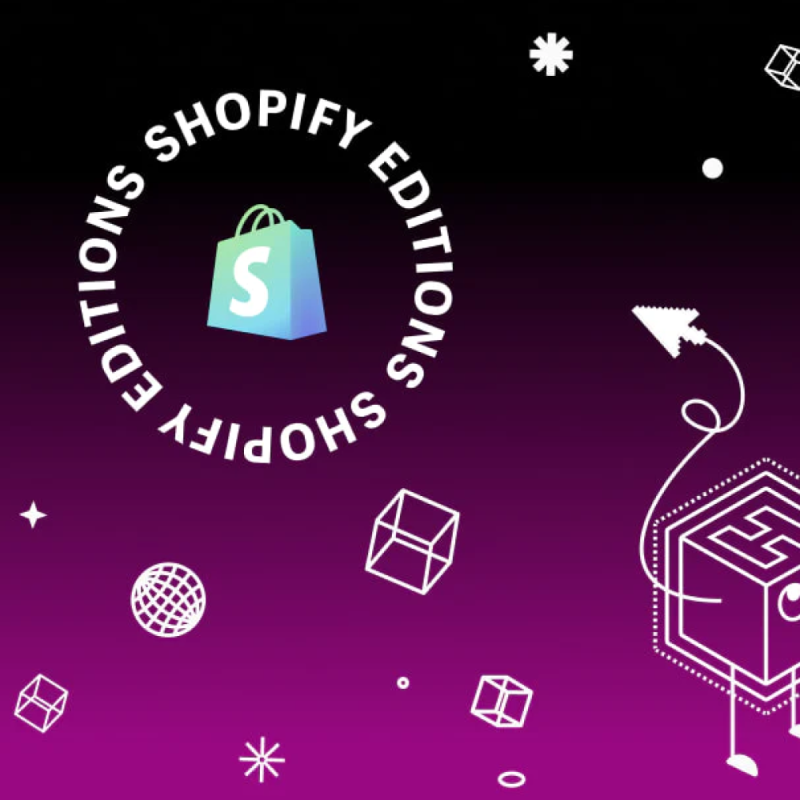Headless Commerce Simplified!

Quick Summary Jargon simplification and clarity regarding Headless eCommerce architecture. What it actually is, how it works, what are its pros and cons, as well as get a glimpse into Shopify’s newest headless stack, Hydrogen and Oxygen.
“Headless Commerce” - A term that has been gaining increased traction in the retail lingo, and an approach that has been witnessing rising adoption in the eCommerce landscape. With the vast amount of terminology and not-so-straightforward technology, merchants often find it overwhelming to decide whether or not “going headless” makes sense for their online business.
If jargon simplification and clarity regarding the changing eCommerce architecture is what you need at this point, you’ll want to read through this blog to better understand what headless commerce actually is, how it works, what are its pros and cons, as well as get a glimpse into Shopify’s newest headless stack, Hydrogen and Oxygen.
First things first... What is Headless Commerce?
Simply put, headless commerce signifies the move of online solutions from being commerce-led to content-led. A headless commerce setup decouples the store’s front-end from its back-end functionality, giving merchants the freedom and flexibility to deliver faster, more agile, and extremely customized shopping experiences that would have otherwise been circumscribed within the traditional commerce setup.
How does Headless Commerce work?
Front-end customer touchpoints are connected in real-time to back-end systems and platforms such as content management systems (CMS), progressive web apps (PWA), customer relationship management (CRM), and digital experience platforms (DXP) via an application programmer interface (API). Having said that, whenever a customer interacts with the front user interface, the API sends this interaction through to the back-end and pulls back the requested information including products and collections, customer accounts, metafields, or any other commerce capabilities such as international selling functions, discounts, and checkout.
Simply put, with headless commerce, each of the commerce, codebase, and content aspects of the typical “all-in-one” platforms are separated. This allows for more flexibility, albeit with far more complexity.
Monolith vs. Headless Models
Opposite to headless commerce, monolithic commerce’s front and back ends are interdependent which makes the platform’s setup comparatively easy. Merchants can very straightforwardly create their storefront, take payments, and process orders with lower upfront costs and fewer barriers to entry.
However, this simplicity often comes with limitations, specifically for high-growth merchants that are looking to extend highly-engaging eCommerce experiences and visually impressive websites that can be customized well beyond the typical, widespread storefront themes and templates.
Pros of going Headless
Fast-scaling, trailblazing brands are quickly realizing the advantages of evolving beyond the traditional eCommerce capabilities and switching their store’s underlying technology to meet their customer’s eagerness for micro customizations, animation, and rich merchandising. A few benefits to mention:
Endless customizations: Making design changes on the front-end knowing that the back-end will stay intact navigates the risk and complexity that holds merchants back from carrying out on-brand design customization.
Split-second page load times: It goes without saying that slow load speeds are directly correlated to higher bounce rates. The headless architecture separates the heavy back-end from customer touchpoints so that customers’ interaction with the website can be unimaginably fast.
Fewer boundaries to internationalization: Supporting multiple currencies and languages is easier on headless architectures compared to the traditional ones, meaning that it is easier to take a brand’s storefront global.
More room for experimentation: Experimentation and testing are part of the optimization process. With a more flexible infrastructure, the marketing and commercial teams can test and optimize on the go without worrying about whether or not the system will support.
Separate content from code: The headless architecture negates the dependency between the front-end and back-end development teams so that customer-facing work can be worked on simultaneously with back-end work and changes can be reflected quicker.
Truly omnichannel experience: With a native headless platform, any digital screen can be transformed into a digital, revenue-generating storefront; from web pages to smart mirrors and wearables, all of which can be managed from a single back-end.
Cons of Going Headless
To make an informed decision as to whether going headless is a rational business investment or not, merchants have to subjectively look into the associated challenges and costs before taking the plunge:
Greater IT involvement: Naturally, a code-heavy framework that is built from scratch calls for massive involvement from the dev team; not only for the setup but also for continuous platform management and maintenance.
A substantial investment to make: The cost of headless varies depending on the complexity of a merchant’s build, its functionality, the supporting tools integrated, and the level of customization needed. Regardless, the investment is quite costlier than that of a monolithic build.
More complex integrations: The communication between the front and back ends means that merchants are still able to integrate third-party providers as they would typically do with a monolithic eCommerce setup, except that it is more complex with a headless setup.
A learning curve: Still being an unpracticed approach for many in-house dev teams, a successful shift to headless often requires brands to outsource the project to experienced agencies, which in most cases comes at a steep extra cost.
Shopify Plus for Headless Commerce
At Shopify Unite of November 2021, Shopify made its grand entrance in the headless landscape with its new stack, Hydrogen + Oxygen, which allows Shopify merchants to serve richer customer experiences by building performant, headless storefronts using a React-based framework.
Breaking it down into its parts, Hydrogen is a front-end web development framework used for building Shopify custom storefronts. Apart from the framework which gives merchants the performance they yearn for and the creativity they crave, Hydrogen has a library of ready-to-use components, pre-built templates, hooks, and utilities to give merchants a kick-start on their headless journey and allow them to focus on the unique brand experience they want to build.
Once the Hydrogen storefront is ready for launch, deploying on Oxygen will be the merchant’s best and fastest bet. Oxygen is a global hosting solution known for its security and its ability to handle huge volumes of traffic as well as its worry-free maintenance and uptime.
At Avex, we understand that enterprise brands require enterprise business solutions. Performance. Speed. A solid tech stack. Endless Customization. Consumer-engaging rich media types. Security. It’s all Headless; more specifically, it’s all Hydrogen and Oxygen. Our team of expert headless eCommerce developers, strategists, solutions engineers and designers are happy to address all the ambiguity surrounding the changing eCommerce landscape and advice on the best future-proof solution that reimagines your brand’s online presence.
Reimagine your brand’s online presence and explore future-proof business solutions!



